How to Grow Mushrooms at Home: Comprehensive Indoor Farming Techniques
- April 4, 2024
- 3 comment
Beyond the taste, homegrown mushrooms offer a host of benefits, from providing a sustainable source of nutrients to the joy of watching a unique life form emerge from its spores.
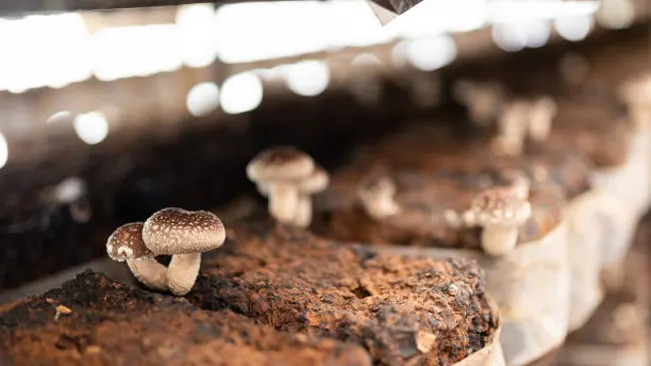
Cultivating your own fungi isn’t just about the harvest; it’s a step towards a more self-sufficient lifestyle and understanding the intricate cycles of nature. Plus, mushrooms are known to be powerhouses of protein and vitamins, making them a valuable addition to any diet, especially for those seeking plant-based options.
In This Article
- Understanding Mushroom Growth
- Bucket Farming: Efficient Mushroom Cultivation at Home
- Log Inoculation: The Natural Way to Cultivate Mushrooms
- Box Gardening: Compact Mushroom Cultivation Technique
- Coffee Ground Cultivation
- Choosing the Right Mushrooms to Grow
- Tips for Growing Mushroom
Understanding Mushroom Growth
Before starting, it’s essential to understand that mushrooms are fungi, and their growth process differs significantly from plants. They require specific conditions of humidity, temperature, and light, and they grow from mycelium, a root-like structure, in a growth medium.
The Basics of Mushroom Growth
Mushrooms are a type of fungi, distinct from plants in several key ways:
- Reproduction: Unlike plants that grow from seeds, mushrooms develop from spores. These microscopic spores require specific conditions to germinate.
- Mycelium: Once the spores germinate, they form mycelium, a network of thread-like cells that spread through the growing medium. This mycelium is the actual fungal organism, and what we recognize as a mushroom is merely its fruiting body.
Essential Growth Conditions
To grow successfully, mushrooms need the right environment, which includes:
- Humidity: Mushrooms require high humidity to grow. Low humidity levels can hinder the development of mycelium and prevent the formation of fruiting bodies.
- Temperature: Different mushroom species need different temperature ranges for optimal growth. Generally, most species thrive in temperatures between 55°F to 70°F (13°C to 21°C).
- Light: While mushrooms don’t rely on light for photosynthesis like plants, they do require some light (but not direct sunlight) for proper growth. The light helps signal the mycelium to form fruiting bodies.
- Air Circulation: Fresh air exchange is crucial for mushroom development. Stagnant air can lead to the growth of mold and other contaminants.
The Growth Medium
The medium in which mushrooms grow is also important:
- Nutrient Source: Unlike plants that derive nutrients from soil, mushrooms need a substrate rich in organic material. Common substrates include straw, compost, wood chips, or sawdust, depending on the mushroom species.
- Sterilization: Before introducing the mushroom spores or spawn, the substrate must be sterilized or pasteurized to kill any unwanted bacteria or fungi.
The Growth Process
- Spore Germination: When spores are introduced to a suitable medium, they germinate and start to grow as mycelium.
- Mycelium Colonization: The mycelium spreads through the medium, breaking down and absorbing nutrients.
- Fruiting: Under the right conditions, the mycelium produces fruiting bodies – what we recognize as mushrooms. This stage is triggered by changes in environmental conditions, often a change in temperature, light, and fresh air.
Four Innovative Methods for Cultivating Mushrooms: From Buckets to Coffee Ground Cultivation
Exploring the art of mushroom cultivation at home brings a variety of ingenious techniques within reach, from the simplicity of bucket gardening to the finesse of terrarium ecosystems. Our guide, “Four Innovative Methods for Cultivating Mushrooms: From Buckets to Terrariums,” provides practical and adaptable strategies to transform your space into a haven for fungi, promising not just growth but a rewarding harvest.
1. Bucket Farming: Efficient Mushroom Cultivation at Home
Bucket farming is an efficient method for cultivating mushrooms at home, allowing you to grow them in a controlled environment with minimal space requirements. The process involves several key steps, each crucial for ensuring a successful harvest.
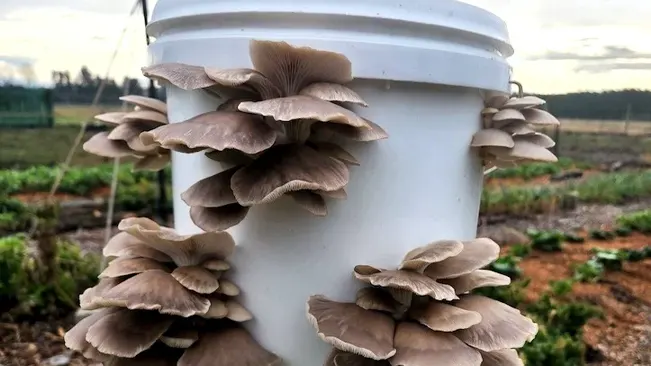
- Preparing the Substrate
Sterilized straw or hardwood sawdust serves as an ideal substrate for many mushroom types. Sterilization is key to kill any bacteria or competing fungi. This can be done by soaking the straw or sawdust in hot water or using a pressure cooker. - Inoculation
Once the substrate is prepared and cooled, it’s mixed with mushroom spawn. Spawn, which is the mycelium of the mushroom, can be purchased from a supplier. It’s like the seed that will colonize the substrate. - Bucket Preparation
Drill holes in the sides and bottom of the bucket to allow for air exchange and any excess water to drain. Fill the bucket with the spawn-infused substrate, layer by layer, and cover it with a lid or plastic wrap to maintain humidity. - Ideal Conditions
Place the bucket in a dark, humid spot. Mushrooms don’t require sunlight to grow, but they do need high humidity and a stable temperature, generally between 55°F and 75°F (13°C to 24°C). Basements often provide these conditions naturally, but you can also use a closet where you can control the environment. - Maintenance
Check the buckets daily to ensure the substrate is moist and mist it with water if it starts to dry out. Avoid over-watering, as standing water can promote bacterial growth and harm the developing mycelium
Bucket farming offers a simple yet effective way to cultivate mushrooms at home. It requires minimal space, can be set up relatively easily, and allows for a significant degree of control over the growing conditions. This method is suitable for a variety of mushroom species, making it a versatile choice for home cultivators. For more detailed instructions and tips, it’s a good idea to refer to specific guides or resources dedicated to mushroom cultivation.
2. Log Inoculation: The Natural Way to Cultivate Mushrooms
Log inoculation is a natural and effective method for cultivating mushrooms, requiring specific preparation and care. The process typically involves steps such as selecting suitable logs, drilling holes, inoculating with mushroom spawn, sealing the holes, and managing the logs for mushroom growth and harvest.

- Selecting Logs: Choose logs with a diameter of 3-8 inches and a length of around 3-4 feet. Hardwoods like oak, aspen, poplar, beech, and maple are preferred, depending on the mushroom species.
- Drilling Holes: Drill holes in the logs using a drill bit suitable for your type of spawn (either sawdust or plug spawn). The holes should be spaced in a diamond pattern, with a general rule of one row of holes per inch of log diameter.
- Inoculating with Spawn: Fill the holes with mushroom spawn, which can be in the form of sawdust or plugs. Sawdust spawn requires a special tool for insertion, while plugs can be gently hammered in.
- Sealing the Holes: After inoculation, seal each hole with wax. This step is crucial to keep the spawn moist and to protect it from other fungi. Cheese wax or food-grade paraffin wax are commonly used for this purpose.
- Placement and Maintenance of Logs: Position the inoculated logs in a shady, well-ventilated area that maintains high humidity. They should not be directly exposed to sunlight. During dry periods, the logs may need to be watered to keep them moist.
- Colonization and Fruiting: The spawn will take several months to a year to fully colonize the log. Once colonization is complete, mushrooms will fruit in response to environmental triggers, such as temperature changes or moisture spikes. Logs can continue producing mushrooms for several years.
Inoculating logs for mushroom cultivation is a sustainable and rewarding method, offering a unique way to grow gourmet mushrooms with minimal environmental impact. It requires patience and attention to detail but can yield bountiful harvests over several years.
3. Box Gardening: Compact Mushroom Cultivation Technique
Box gardening is a compact and efficient technique for cultivating mushrooms, ideal for home environments with limited space. It involves creating a miniature ecosystem within a container, providing the necessary conditions for mushroom growth. Here’s a general overview of the process:
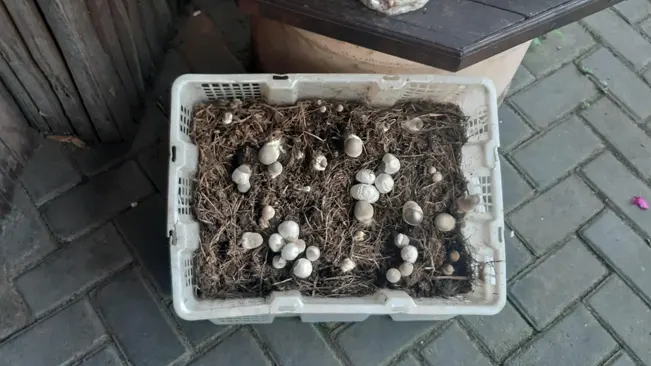
- Selecting and Preparing the Box: A plastic storage bin or a similar container can serve as the main box. It should have small ventilation holes for air circulation.
- Gathering Materials: Necessary materials include organic mushroom spawn, a nutrient-rich substrate (like sawdust or straw), and a spray bottle for misting. A thermometer and hygrometer are useful for monitoring temperature and humidity.
- Setting Up the Growing Environment: The substrate and mushroom spawn are layered inside the container. The grow box is then placed in an area with indirect sunlight, and the temperature and humidity are maintained through placement and regular misting.
- Cultivation and Monitoring: Over several weeks, you’ll need to monitor the progress of the mushrooms, adjusting environmental conditions as necessary. Mushrooms start as tiny pins and mature into full-sized fungi.
Box gardening for mushrooms offers an accessible and rewarding way to grow gourmet and medicinal mushrooms at home, providing a unique connection to the natural growth process and the satisfaction of nurturing life from start to finish
4. Coffee Ground Cultivation
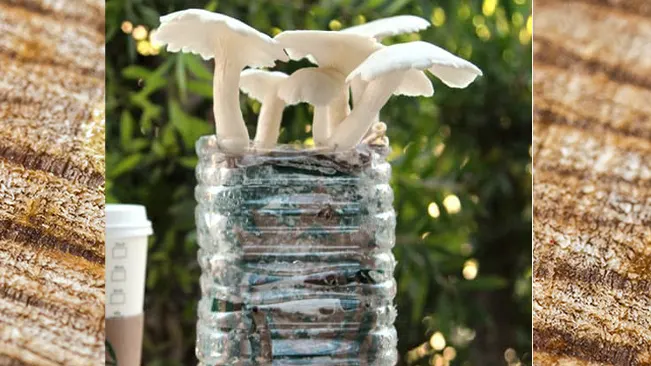
An innovative method for growing mushrooms at home, making use of spent coffee grounds. This approach offers an eco-friendly way to recycle coffee waste while cultivating mushrooms, particularly suitable for varieties like oyster mushrooms. Here’s how you can do it:
- Collect Spent Coffee Grounds: Gather used coffee grounds. These grounds are rich in nutrients and serve as an excellent growing medium for mushrooms.
- Substrate Preparation: Mix the coffee grounds with mushroom spawn. The coffee grounds should be at room temperature and have a moist consistency.
- Incubation: Put the mixture into a container, such as a bag or jar, and make air holes for ventilation. Keep it in a dark and warm place to allow the spawn to colonize the coffee grounds. This process typically takes several weeks.
- Initiating Fruiting: Once the coffee grounds are fully colonized (indicated by a white, web-like mycelium covering), move the container to a location with indirect light and slightly cooler temperatures. This change in environment signals the mushrooms to start fruiting.
Growing mushrooms on coffee grounds is a sustainable and cost-effective method, perfect for small-scale cultivation in homes or apartments. It is a great way to get into mushroom cultivation without needing a large space or specialized equipment.
Choosing the Right Mushrooms to Grow
1. Oyster Mushrooms
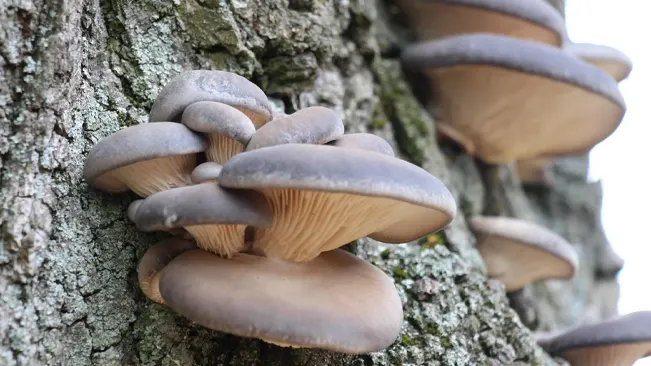
- Why They’re Great for Beginners: Oyster mushrooms are one of the easiest varieties to grow at home. They are highly adaptable and can thrive on a wide range of substrates.
- Growing Mediums: These mushrooms do well on substrates like straw, coffee grounds, and even cardboard. They are less prone to contamination compared to other varieties, which makes them a great choice for novices.
- Growth Characteristics: Oyster mushrooms grow quickly, often producing fruit in just a few weeks. They have a distinctive fan-like shape and can vary in color from white to pink to gray.
2. Shiitake Mushrooms
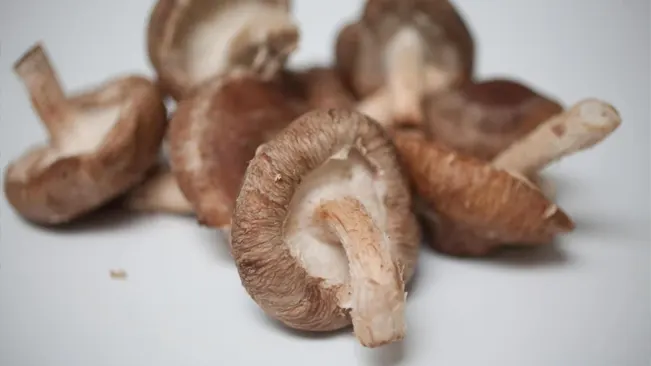
- Preferred Substrate: Shiitake mushrooms are traditionally grown on hardwood logs or sawdust blocks. This preference for wood as a growing medium mimics their natural environment in the wild.
- Nutritional and Culinary Value: Shiitakes are prized for their rich, umami flavor and are known for their health benefits, including boosting immunity and lowering cholesterol.
- Cultivation Process: The process of growing Shiitake mushrooms is a bit more time-consuming than Oyster mushrooms. It may take several months for the mycelium to fully colonize the wood before fruiting begins.
3. Button Mushrooms
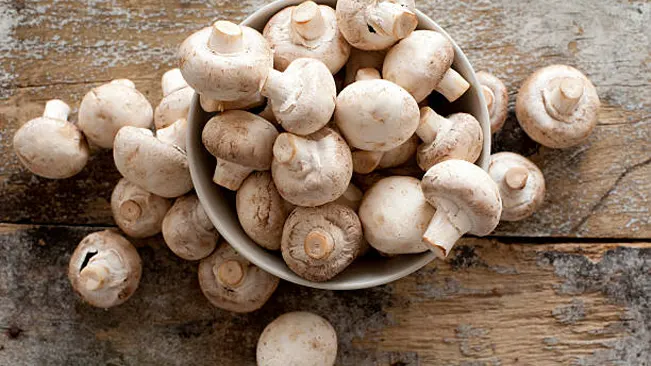
- Popularity and Ease of Growth: Button mushrooms are the most common variety found in grocery stores. They are relatively easy to grow at home, especially for those who can maintain a steady, cool environment.
- Growing Medium: They are typically grown on composted manure mixed with straw. This substrate needs to be pasteurized to remove any harmful bacteria and pests before inoculation.
- Growth Environment: Button mushrooms require a consistent and cool environment to thrive. The temperature, humidity, and CO2 levels need to be closely monitored for successful cultivation.
5 tips for Successfully Growing Mushrooms at Home
- Choose the Right Variety: Start with a mushroom type that suits your growing environment and experience level. Oyster mushrooms are great for beginners due to their hardiness and adaptability to various substrates.
- Maintain Proper Humidity and Temperature: Mushrooms need specific humidity and temperature levels to thrive. Keep the growing area humid (but not wet) and at a stable temperature. This might require a humidifier or a cooling system depending on your environment.
- Sterilize Your Substrate: Before introducing mushroom spores or spawn, it’s crucial to sterilize the growing medium to eliminate any bacteria or fungi that could compete with your mushrooms. Techniques vary depending on the substrate but can include boiling, baking, or chemical sterilization.
- Provide Indirect Light: Although mushrooms don’t photosynthesize, most varieties require some light (not direct sunlight) to trigger fruiting. A cool, indirect light source is ideal for encouraging growth.
- Ensure Fresh Air Exchange: Good air circulation is essential for mushroom growth. Stagnant air can lead to the buildup of carbon dioxide, which can inhibit mushroom development and encourage mold growth. Ensure your growing area is well-ventilated.
Conclusion
Growing mushrooms at home requires creating a controlled environment with appropriate humidity, temperature, and darkness to simulate their natural habitat. Sterilization of growth mediums and proper sanitation are crucial to prevent contamination and promote healthy mushroom development. Using techniques like inoculation with spores or mycelium, maintaining moisture levels, and providing proper air exchange can yield a successful indoor mushroom crop.
Frequently Asked Questions (FAQs)
- What basic conditions do I need to grow mushrooms at home?
- Mushrooms need moisture, darkness, and a food source like sawdust or grain to grow. A stable temperature suited to the mushroom species is also crucial.
- How do I choose the right type of mushroom to grow?
- Select a mushroom variety that matches your climate and space. Oyster and shiitake mushrooms are popular choices for beginners due to their adaptability and ease of growth.
- What materials do I need to start growing mushrooms?
- You will need mushroom spores or spawn, a growth substrate (like straw, coffee grounds, or wood chips), and a container or bag to hold the substrate.
- How long does it take for mushrooms to grow?
- It can take anywhere from a few weeks to several months for mushrooms to grow, depending on the species and growing conditions.
- Do mushrooms need light to grow?
- Mushrooms do not require light to grow, but some indirect light can help them produce better yields.
- How do I know when to harvest my mushrooms?
- Harvest mushrooms when the caps are fully developed but before the veil underneath the cap has broken.
- How often should I water my mushroom grow kit?
- You should mist your mushroom grow kit with water daily to maintain the humidity, but avoid overwatering as this can lead to mold.
- Can I grow mushrooms from store-bought mushrooms?
- Yes, you can grow mushrooms from the stem butts of store-bought mushrooms, although using certified spawn is usually more reliable.
- What temperature should I keep my mushrooms at?
- Most mushrooms grow well at temperatures between 55°F and 70°F (13°C to 21°C).
- How do I prevent mold in my mushroom growing area?
- Keep the area clean, avoid overwatering, and provide proper ventilation to prevent mold growth.

Charles Hayes
Forestry AuthorI'm Charles Hayes, I bring over 15 years of specialized expertise in landscaping and woodworking, blending artistic design with sustainable environmental stewardship. My career, fueled by a profound passion for the natural world, encompasses extensive education and hands-on experience in creating harmonious, eco-friendly outdoor spaces and responsibly managing forest resources. Recognized for my professional standing, I am committed to continuous learning and certification in cutting-edge practices. My expertise is not only reflected in my work but also in my contributions to community projects, educational workshops, and collaborations with industry leaders. As an authoritative voice in my field, I strive to share knowledge and promote environmentally conscious approaches, making me a trusted resource in landscaping and forestry.
3 comments
Excellent want to know more
Joe Eksteen
April 7, 2024 11:50 amHi thank you for your article. I have been trying to cultivate mushrooms for the past 5 years but keep failing. Please help me with training

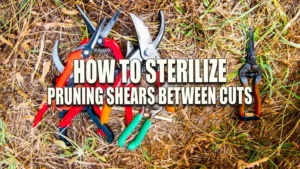
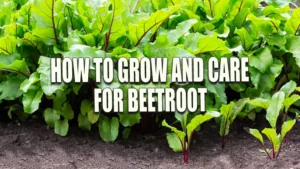

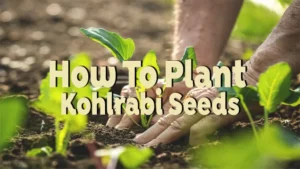

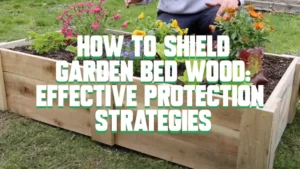
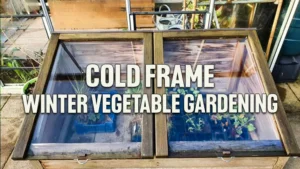


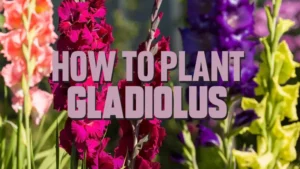

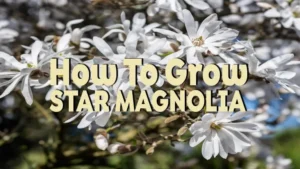
Need a trainer of mushroom at Matungu Subcounty -Kakamega County Kenya
VINCENT MUSIKO
April 10, 2024 3:28 pm